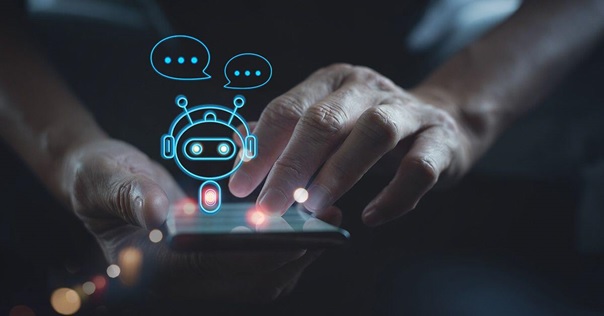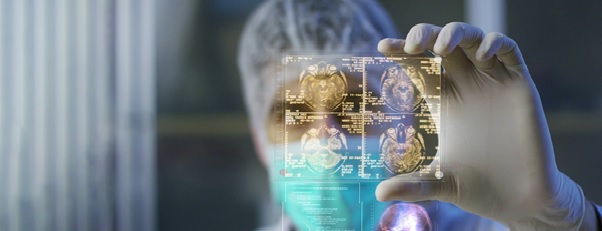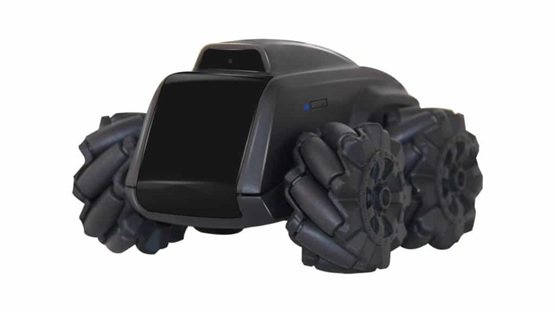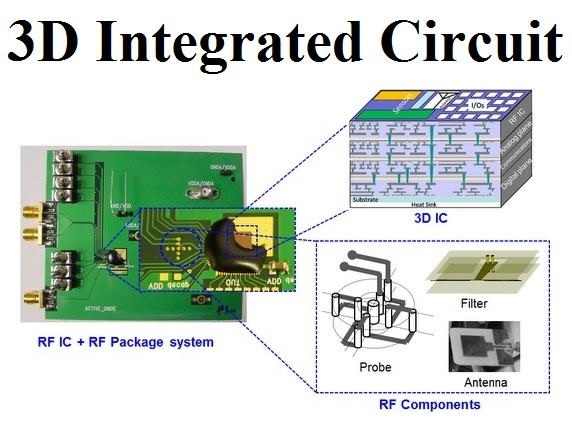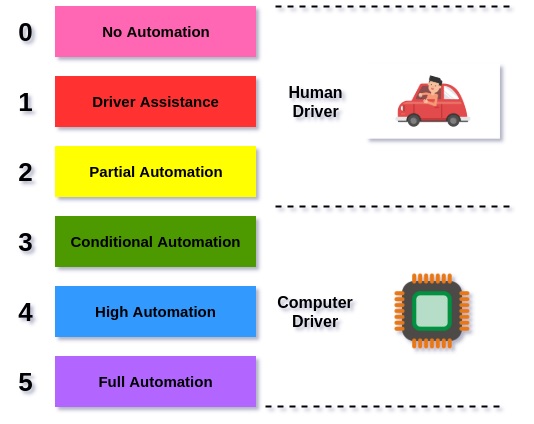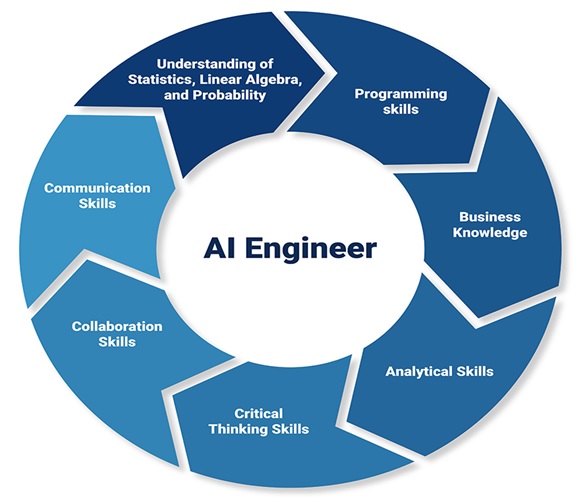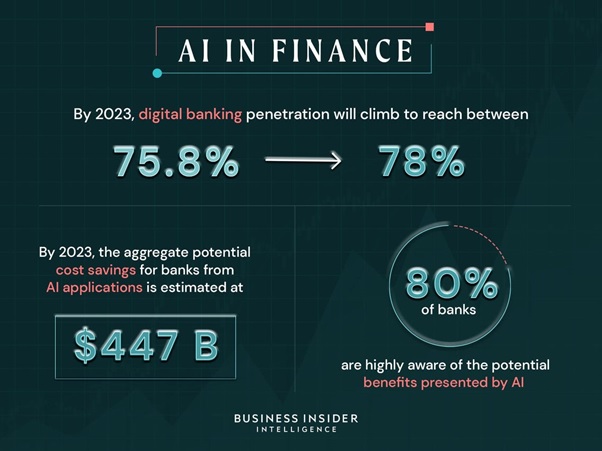Tactile Virtual Reality
Innovative technologies offer more immersive experiences like AR and VR. Virtual Reality immerses the user in a simulated environment, Augmented Reality is an overlay of technology in the real world. CISCO forecasts that globally, AR-VR traffic will increase 12-fold by 2022 in all fields of entertainment.
Touch gives us a deeper understanding of the things which cannot be fully experienced by sight or hearing. That is where Tactile Virtual Reality comes into play. It combines the use of several types of technologies including sensors, advanced optics, etc. bundled into a single device that provides the capability to overlay augmented digital content into your real-time space. With the advancement of Tactile/Haptic technology, the touch barrier can now be scaled.[1]

Figure 1. Tactile Virtual Reality
Figure 1 shows virtual reality (VR) technology utilises visual and auditory senses to allow users to experience and create immersive and dynamic virtual environments. However this space lacks the sense of touch, isolating the user to a completely computer generated reality. In contrast, although architecture has rarely been dynamic or interactive, buildings use tactile materials to augment the spatial experience within these spaces. 'Tactile VR' is a project that combines these two realities together to explore the concept of tangible data. Through the installation users can engage with a new type of architectural space, where the tactility of physical architecture is merged with dynamic digital spatial configuration.[2]
Methods of creating tactility
Object-Driven:
Object driven is exactly that, using real world objects and mapping the VR object to it. This is by far the easiest of approaches to generate tactility in a VR world. Some may think this the same as augmented reality, but it is in fact the opposite, which has lead some to dub this ‘augmented virtuality’. By tracking real world objects, e.g. a ball, and mapping it to a virtual object of the same size, users interact with the real world object, but feel as if they are interacting with whatever object is projected into their virtual world. Far from the future, companies are already using this form of virtual reality to fully immerse users in a virtual world. An unlikely suspect is Disney, who have experimented with mapping a ball into a virtual reality landscape to play a game of catch in VR.
Peripheral Sensation:
As oppose to object-driven, we begin to stray into the science fiction with the modality of peripheral sensation. First of all, what I mean by peripheral sensation is genuine sensation, without bypassing the users peripheral nervous system, but without the need to generate real world objects. First, a bit of science. The human nervous system is split into the peripheral and central nervous system. The peripheral nervous system is all the the nerves going to and from your peripheries to your central nervous system. Your central nervous system is your brain and spinal cord.
Central Simulation:
We are truly stepping into the realms of science fiction, though I will try and keep it grounded within scientific fact. First, a bit of science. The human nervous system is split into the peripheral and central nervous system. The peripheral nervous system is all the the nerves going to and from your peripheries to your central nervous system. Your central nervous system is your brain and spinal cord.[3]
References:
- https://www.edureka.co/blog/top-10-trending-technologies/#tactilevr
- https://modos.ac.nz/projects/vr-tactile
- https://medium.com/doctors-in-tech/how-can-we-make-virtual-reality-tactile-62fea11cdd7e
Cite this article:
Thanusri swetha J (2021), Tactile virtual reality, Anatechmaz, pp. 30


